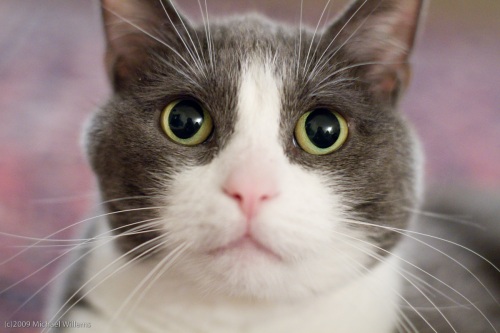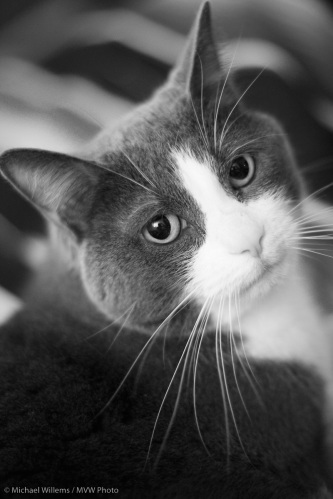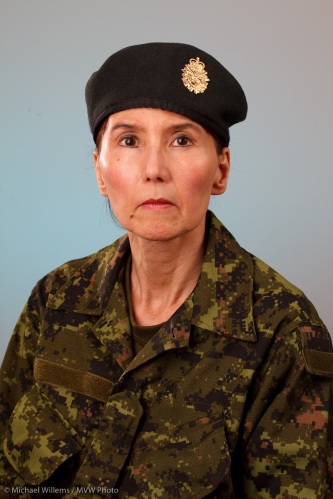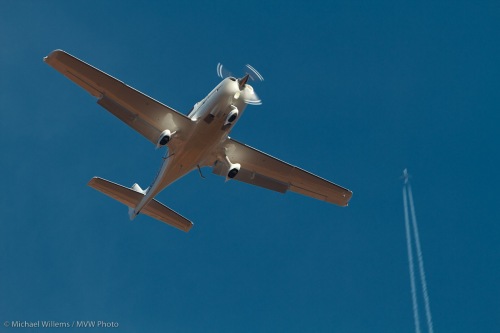Here is my Canon 7D with a few of my speedlights (pro speak for “flashes”), pocketwizards, and cables:

Sometimes I use them for standard lighting. Sometimes I use effects -more often than not colour. Here’s four of them firing at once, with some of those excellent (try them) Honl gels:

I try to add a splash of colour every now and then. Like here in this outtake from a recent shoot (see the slight green on the subject’s left, our right?)

And I recommend that you try this, also. Recommended.
This season, think “red ” and “green”. Seasonal family pictures, but add some splashes of green and red light to the fun.
For this, I would use manual and pocketwizards. But here’s the key: I would still use TTL for the main (bounced-off-the-ceiling-behind-me) flash. So the normal flash is on the camera (or with the 7D, off the camera), while the “effect” flashes are fired with PW’s from the x-synch socket, and set manually to, say, 1/4 – 1/16th power.
That’s what is happening th that “four flashes side by side” shot above: the two left flashes are fired by the 7D’s popup flash using e-TTL, while the right two are fired by Pocketwizards that are driven by the sender PW on the camera’s x-synch contact. Yes, that works fine!










